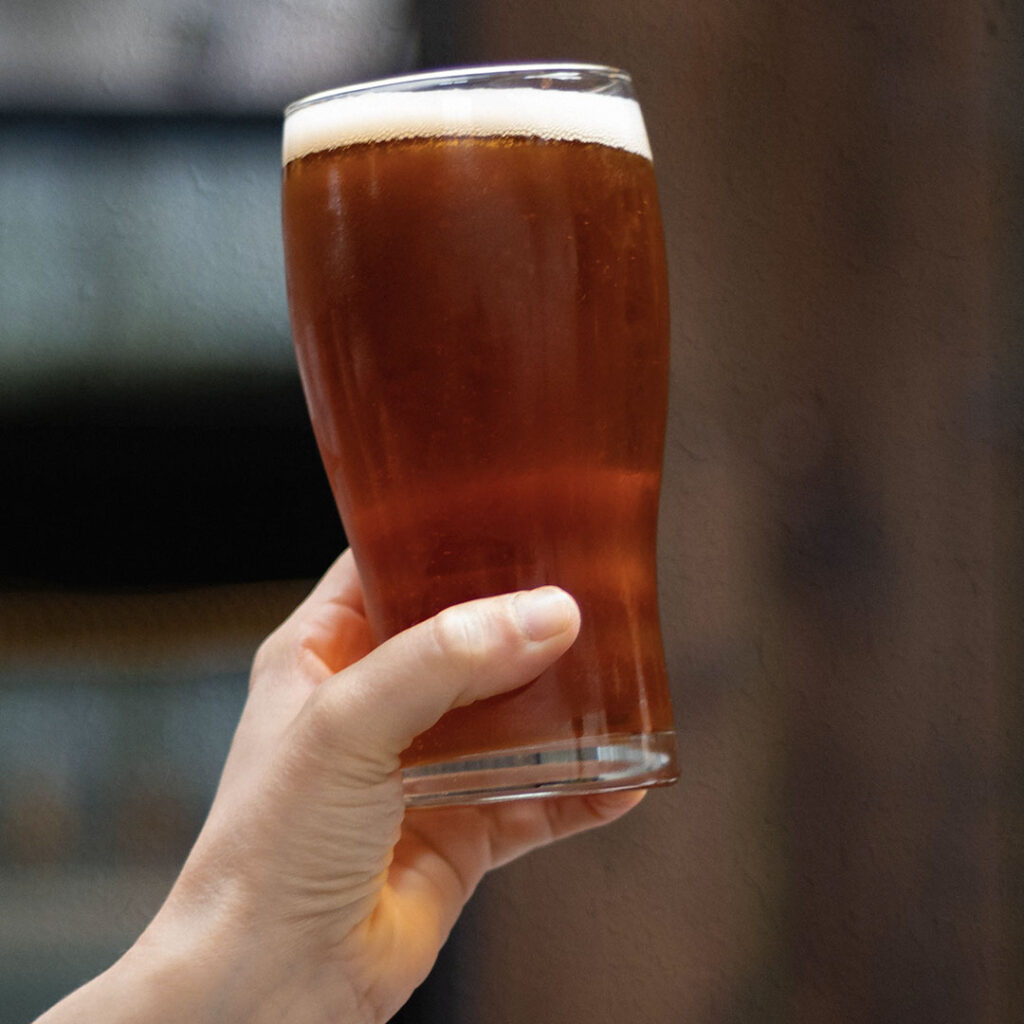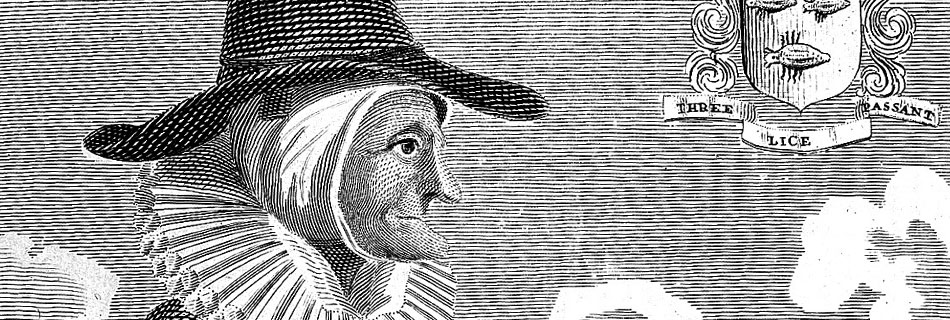While the world continues to embrace APAs and IPAs, we sometimes overlook another style born from the American craft beer revolution. This American Amber Ale recipe, a variation of American Pale Ale, deserves just as much recognition for its balanced malt and hop character.
According to the Beer Judge Certification Program (BJCP), American Amber Ale is an amber, moderate-strength craft beer. It showcases both caramel maltiness and noticeable hoppiness. However, the balance can vary significantly. Some versions lean towards a rich malt character, while others feature intense hoppiness, often referred to as Red IPA.

| Original gravity | 1045 – 1060 |
| Final gravity | 1010 – 1015 |
| Colour EBC | 20 – 33 |
| Colour Lovibond | 8 – 13 |
| IBU | 20 – 40 |
| ABV % | 4.5 – 6.3 |
Grain bill
| Variety | Quantity | Quantity | Ratio |
|---|---|---|---|
| Swaen Ale | 3.0 kg | 6.6 lb | 72% |
| Swaen Munich Dark | 0.6 kg | 1.3 lb | 14% |
| Gold Swaen Amber | 0.3 kg | 0.66 lb | 7% |
| Gold Swaen Brown | 0.3 kg | 0.66 lb | 7% |
The goal is to create a dark, caramel-forward beer without any chocolate or roasted notes. Malty sweetness and a moderate caramel flavour are essential to this style. For this reason, the grain bill primarily consists of Ale malt. To achieve the deep amber colour and rich taste, Munich Dark and caramel malts are added. This combination enhances the beer with flavours of caramel, bread, and toffee, which help balance the hops.
Since this beer should have a full body, consider using only an alpha-amylase rest at 69°C (156°F) for 50–60 minutes. This ensures a malt-forward character while maintaining the necessary sweetness.
Hops
Hoppiness should range from moderate to high, but increasing IBU is not necessary. However, a perceptible hop flavour should be present. Opt for modern, fruit-forward hop varieties with citrus, floral, pine, tropical, or raisin notes. Cascade works exceptionally well, but feel free to experiment based on your personal preference. Unlike IPAs, this American Amber Ale recipe does not require dry hopping.
Yeast
For fermentation, a clean-fermenting American ale yeast strain works best. Strong esters are unnecessary, so maintain fermentation temperatures within the recommended range for your chosen strain. Keeping control of this step ensures a crisp and well-balanced final product.
Dry examples: Fermentis US05 or Mangrove Jack M36 or M15.
Liquid examples: Whitelabs WLP060 or Wyeast 1056 or 1272.
Results
| Batch size | 19 L / 5 gallon |
| Efficiency | 75% |
| Original gravity | 1049 |
| Final gravity | 1010 |
| Colour EBC | 26 |
| Colour Lovibond | 10 |
| IBU | 33 |
| ABV % | 5.1 |
| Carbonation | 2.3 |
| pH | 5.2 |
Taste profile
A medium body and hoppiness. Rich in caramel and toffee aroma.
Food pairing
Street food.
Most recent blogs
- Sales Representative vacancy NE / BEYou drive commercial growth, focus on customers, and always look for new opportunities. At The Swaen – a leading malthouse with customers worldwide – you’ll have the opportunity to contribute …
- From goddesses to witches – the erasure of women in brewingFor centuries, women in brewing defined how beer was made, sold, and shared. Men then erased their role and seized control. From sacred goddesses to mocked witches, women’s brewing history …
Read more “From goddesses to witches – the erasure of women in brewing”
- The Code of Hammurabi – ancient laws, beer, and everyday lifeWhen we think of laws, we often imagine modern courts, lawyers, and written codes. But the roots of legal systems go back thousands of years. One of the earliest and …
Read more “The Code of Hammurabi – ancient laws, beer, and everyday life”





